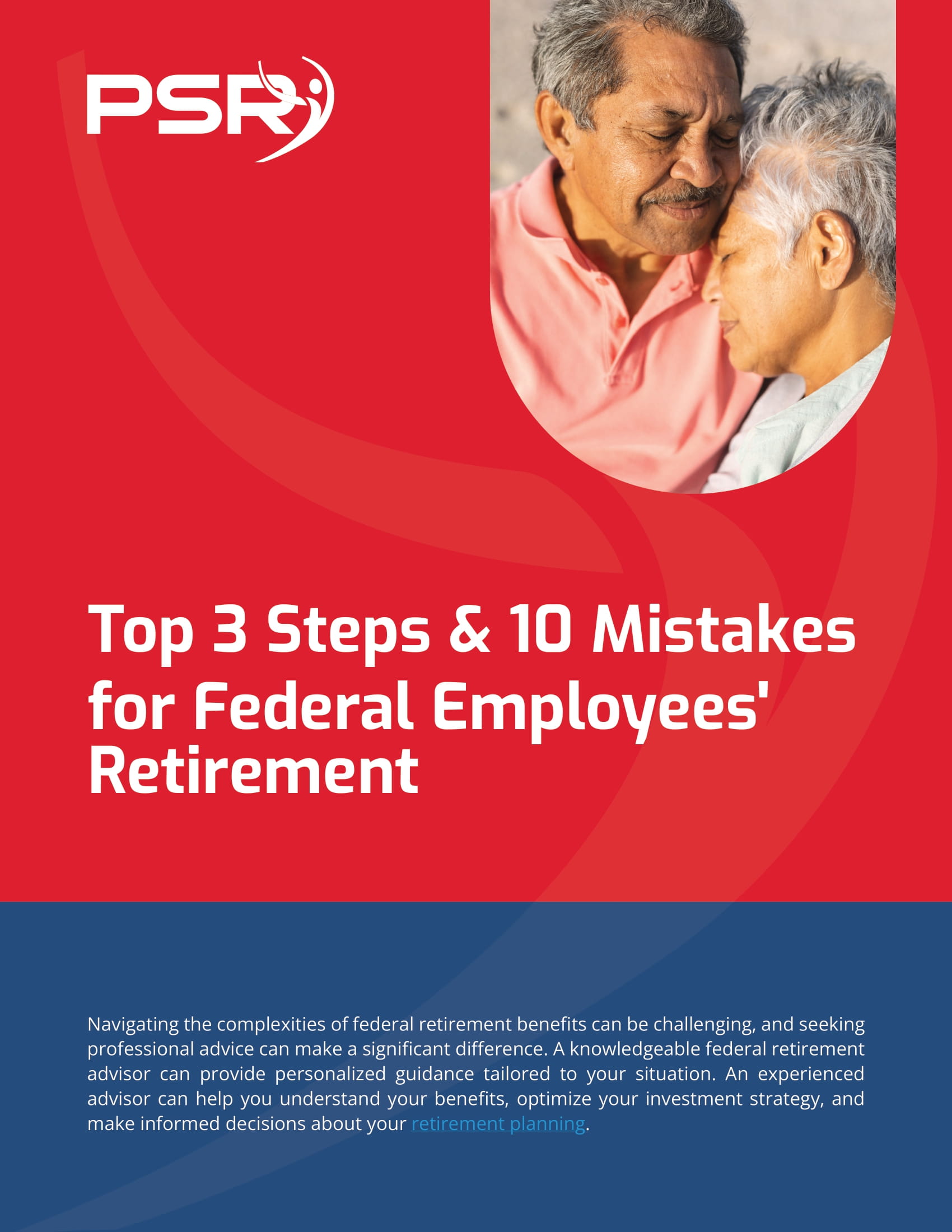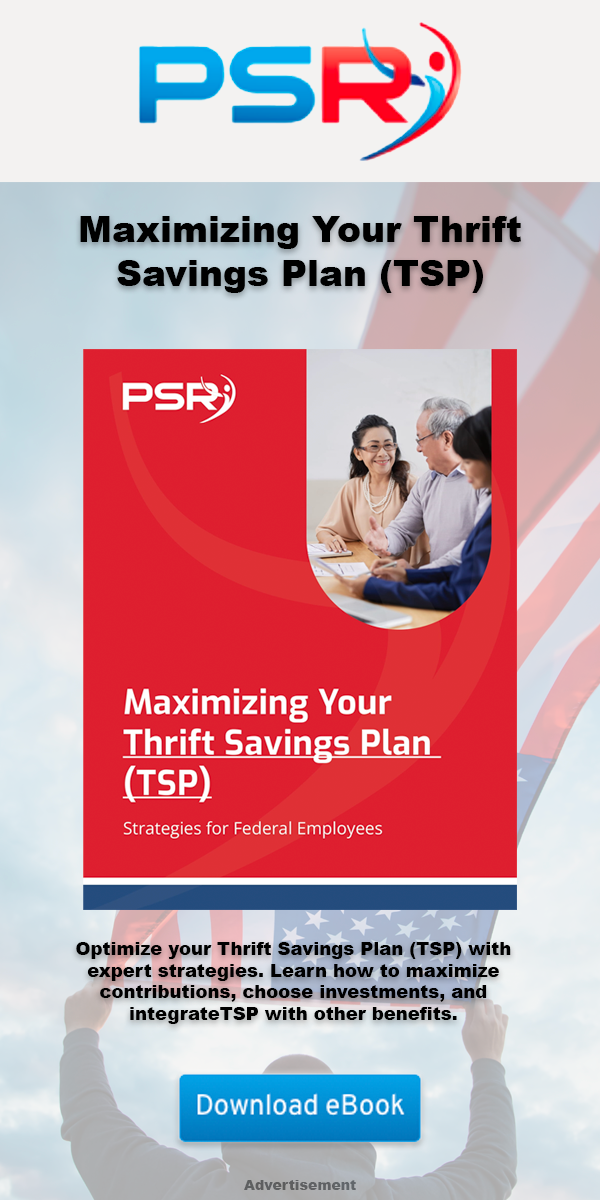Key Takeaways:
- Learn why FAA and LEO retirement plans stand out among federal benefits packages, offering advantages unavailable to other federal employees.
- Discover how these unique plans reward early service and provide financial stability in retirement.
Understanding FAA and LEO Retirement Plans
As a federal worker, you already know the benefits of government employment: stable pay, comprehensive health coverage, and retirement benefits. But did you know that not all federal retirement plans
- Also Read: Stretching Out Your TSP Smartly Starts with This Often Ignored Option
- Also Read: Why More CSRS Employees Are Rethinking Their Withdrawal Plans in Light of Recent Laws
- Also Read: Special Retirement Groups Face New Timelines—Don’t Miss Your Critical Retirement Window
Let’s break down what sets these retirement plans apart and why they’re so beneficial for the select few who qualify.
What Makes FAA and LEO Retirement Plans Special?
FAA and LEO retirement plans are specifically designed for employees in demanding roles. These jobs require high levels of responsibility, physical fitness, or exposure to hazardous situations. To reflect this, Congress created retirement systems with enhanced benefits, recognizing the toll these careers can take on your body and mental health.
These perks include earlier retirement eligibility, higher annuity calculations, and additional financial incentives. Here’s why they matter to you.
Early Retirement Eligibility
If you’re an FAA air traffic controller or LEO, you don’t have to work as long as other federal employees to claim your benefits.
FAA Employees:
Air traffic controllers (ATCs) can retire as early as 50 with 20 years of service or at any age after completing 25 years. Why? Because the job is both physically and mentally demanding, requiring sharp focus and quick decision-making for public safety.
LEO Employees:
Similarly, law enforcement officers (LEOs) can retire at 50 after 20 years or at any age after 25 years of service. The nature of the work—often dangerous, unpredictable, and physically strenuous—justifies the earlier eligibility.
For both groups, early retirement eligibility provides much-needed flexibility, allowing you to transition out of demanding roles before they take too great a toll on your well-being.
Higher Annuity Calculations
Most federal employees under the Federal Employees Retirement System (FERS) receive an annuity calculation of 1% of their high-three average salary per year of service. FAA and LEO employees enjoy a better deal:
- FERS Special Category Employees (like ATCs and LEOs) earn 1.7% of their high-three salary for the first 20 years of service. After that, the calculation reverts to 1% per year.
- This enhanced formula means higher monthly annuity payments compared to regular FERS employees with the same salary and service duration.
Let’s say you worked 25 years, earning a high-three average salary of $100,000:
- A standard FERS employee would receive $30,000 annually (1% x 25 years x $100,000).
- An FAA or LEO employee would receive $37,000 annually for the first 20 years at the 1.7% rate, plus $5,000 for the remaining five years (1% rate). That’s $42,000 annually—40% more than the standard calculation!
Mandatory Retirement Age
Another feature that sets FAA and LEO retirement plans apart is the mandatory retirement age. For most federal employees, retirement is optional. But for you, it’s required.
- FAA Employees: Air traffic controllers must retire by age 56.
- LEO Employees: Law enforcement officers face mandatory retirement at 57.
While this might sound restrictive, it’s actually beneficial. Mandatory retirement ensures you’re not overburdened by a high-stress role beyond a reasonable age. It also forces you to plan for retirement earlier, often leading to better financial outcomes.
FERS Special Retirement Supplement
If you retire before age 62 (the earliest age for Social Security benefits), you might worry about a gap in income. Fortunately, FAA and LEO employees qualify for the FERS Special Retirement Supplement (SRS).
This supplement bridges the gap between your retirement and Social Security eligibility. It’s calculated based on your years of service and average Social Security benefit, providing significant financial stability.
Survivor Benefits and Disability Provisions
Your retirement benefits extend beyond just you. FAA and LEO retirement plans include robust survivor benefits, ensuring financial security for your family if something happens to you. Disability retirement options are also available, offering protection if you can no longer perform your duties due to injury or illness.
Cost of Contributions
One trade-off for these enhanced benefits is higher contribution rates. While most federal employees contribute 0.8% of their salary to FERS, FAA and LEO employees contribute 1.3%. This additional cost ensures the system can sustain higher annuities and earlier retirements.
Although it might feel like a larger paycheck deduction during your career, it pays off significantly in the form of higher retirement income.
Health Benefits in Retirement
Like other federal employees, FAA and LEO workers can continue their Federal Employees Health Benefits (FEHB) coverage into retirement. However, the earlier retirement age means you’ll have access to these benefits longer, especially if you coordinate them with Medicare once you turn 65.
FEHB coverage ensures access to affordable healthcare, which is critical given the physical and mental demands of your career.
Challenges and Considerations
While FAA and LEO retirement plans are packed with benefits, they also come with challenges:
- Shorter Career Span: Mandatory retirement means you must build your retirement savings faster than other federal employees.
- Higher Contributions: As mentioned earlier, your paycheck deductions are higher.
- Lifelong Financial Planning: Retiring earlier means relying on your retirement income for a longer period, requiring careful budgeting and investment planning.
Understanding these challenges and planning accordingly is crucial to maximizing the benefits of your retirement package.
Who Qualifies for These Benefits?
Eligibility for FAA and LEO retirement plans is limited to specific roles:
- FAA Employees: Only certified air traffic controllers qualify. Other FAA staff follow standard FERS rules.
- LEO Employees: Federal law enforcement officers include FBI agents, border patrol agents, and other qualifying positions.
If you’re unsure whether you qualify, check with your HR department to confirm your retirement plan classification.
Maximizing Your Benefits
To get the most out of your FAA or LEO retirement plan:
- Start Early: Begin contributing to your Thrift Savings Plan (TSP) and planning for retirement as soon as possible.
- Understand Your Options: Learn about your annuity calculations, survivor benefits, and the FERS Special Retirement Supplement.
- Coordinate with Medicare: Once you turn 65, enrolling in Medicare alongside FEHB can reduce out-of-pocket healthcare costs.
- Consult a Financial Advisor: Work with a professional to create a long-term financial plan tailored to your unique benefits and timeline.
Why These Benefits Matter
FAA and LEO retirement plans are among the most generous in the federal workforce, recognizing the unique demands of your career. From early retirement to higher annuity payments, these perks ensure you can transition into retirement with financial security and peace of mind.
Understanding the specifics of your plan and taking proactive steps to manage your finances will help you fully enjoy these well-earned benefits.
Planning for a Secure Future
If you’re an FAA or LEO employee, you’re in a unique position to enjoy one of the best retirement packages available to federal workers. The earlier eligibility, higher annuity calculations, and additional supplements are designed to reward your service and protect your financial future. By taking full advantage of these benefits, you can retire confidently, knowing your hard work has paid off.












